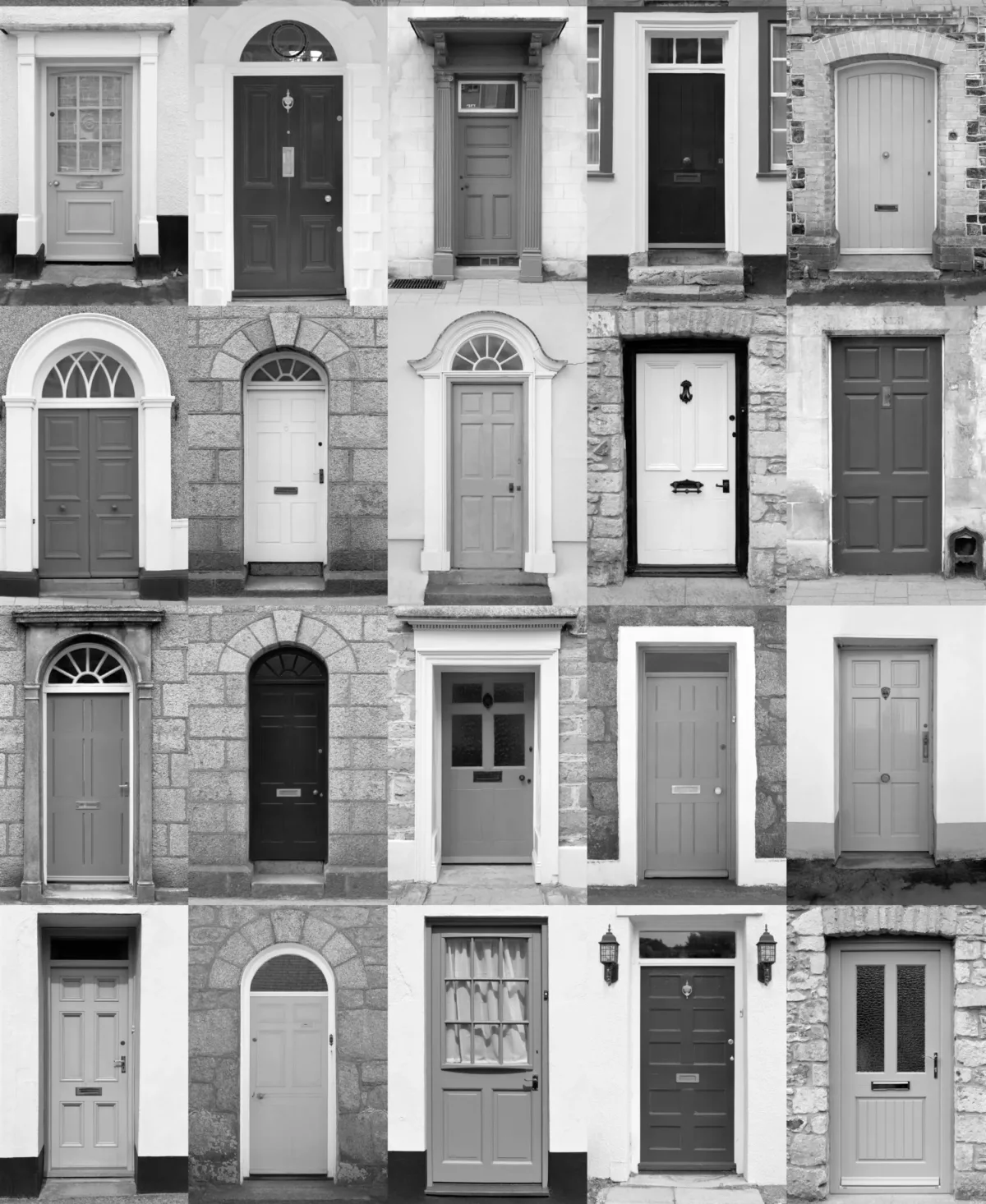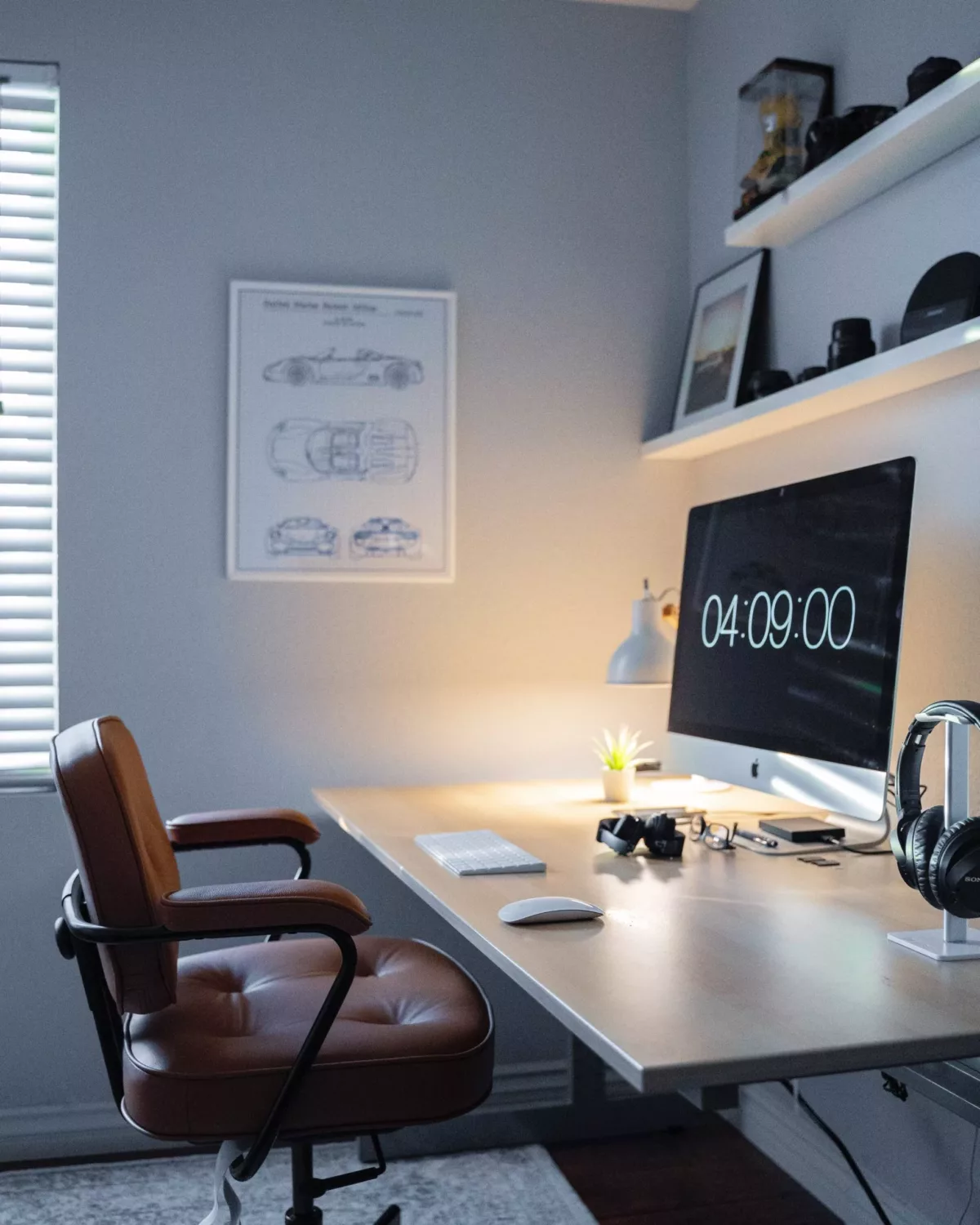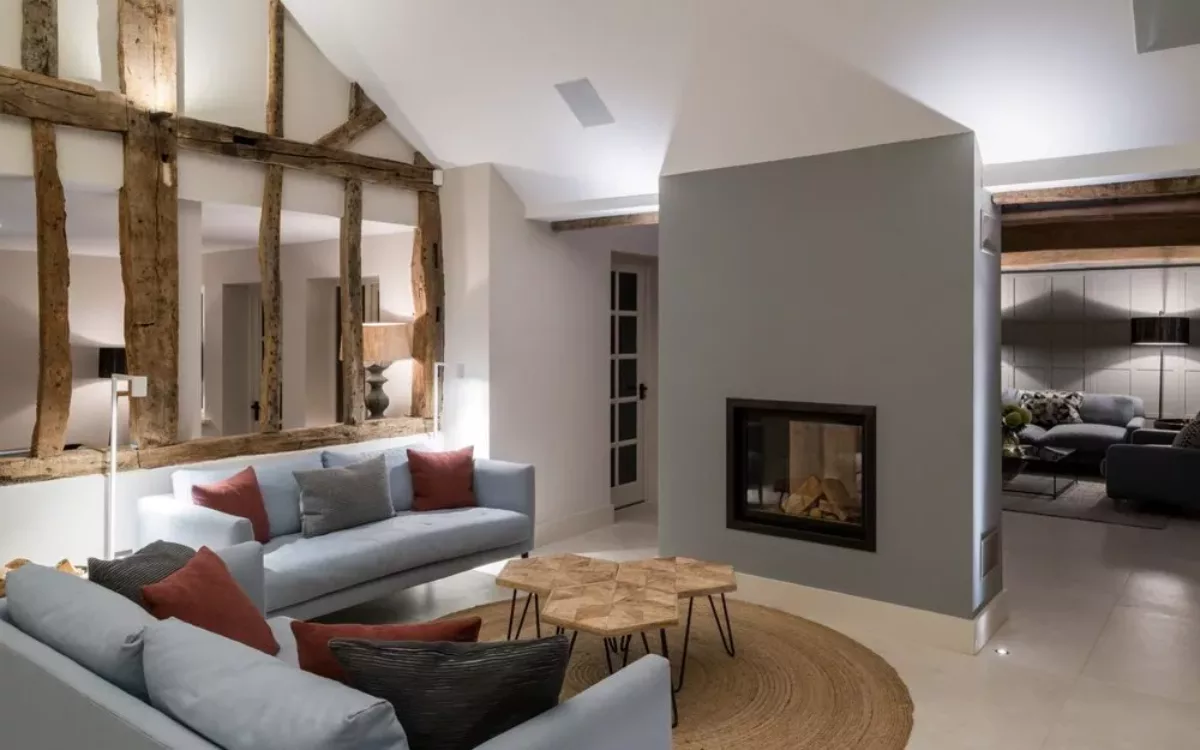Residential developers are an innovative bunch, and they’ve been quick to see this new trend. Indeed, it has been evident from a number of recent new residential development schemes MSP Capital are funding, that developers have been quick to change their product to meet their prospective buyers’ demands.
Open-plan living has been one of the biggest trends in homes in recent decades, but during lockdown, it is clear to see that it has its disadvantages. Working from your laptop at home on your kitchen or dining room table, whilst also trying to manage home life with perhaps your children or partner, who themselves may also be studying or working from home, does not really sit well with your many video calls with clients and colleagues during your working day. I’m sure we all have an embarrassing story or two to tell as a result though.
Residential developers have thus started the move towards broken-plan living, thus incorporating dedicated working spaces in new homes. These new broken-plan layouts may include snugs, studies, and television rooms instead of large lounges. Split-level floors and sliding partitions are also among some of the other features being utilised in designs to help divide open spaces.



